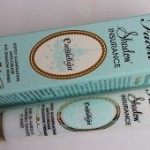Imagine a society in which each person can only see a very limited range of colour, and then the society is ordered around a hierarchy relating to those colours—a Collective or “colourtocracy.” Those who can see mostly Purples are at the top of the chain with the most status and privilege, then Blues, Greens, Yellows, Oranges, Reds, and finally Greys, who are at the very bottom and are given the most dangerous and demeaning jobs. Everything, from a person’s name, position, clothing, and even postal code, is determined by this colour-based social hierarchy. Such is the case for the denizens of Jasper Fforde’s Shades of Grey, the book chosen for November’s book club at the Halifax Central Library—and not to be confused with E.L. James’ 50 Shades of Grey.
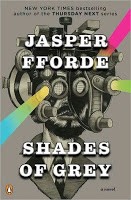 To illustrate this world, Fforde employs a supremely clever naming scheme: each of the characters and towns have names that correspond with the colour they can predominantly see. For example, our protagonist is Eddie Russet (a Red), who lives in Jade-Under-Lime (a Green town) but temporarily moves to East Carmine (a Red town). Every character and city has a similarly creative colour-based name.
To illustrate this world, Fforde employs a supremely clever naming scheme: each of the characters and towns have names that correspond with the colour they can predominantly see. For example, our protagonist is Eddie Russet (a Red), who lives in Jade-Under-Lime (a Green town) but temporarily moves to East Carmine (a Red town). Every character and city has a similarly creative colour-based name.
Although this is technically a dystopian novel, the tone is anything but grim. Instead, the writing is blithe and airy, a comedy of manners lifted from 1950s England with plenty of humour and politeness lathered on the top. It becomes a puzzle for the reader to try to work out the dark underpinnings of this society, with its rigid caste system headed by a faceless totalitarian regime that destroys all spirit of individuality and routinely erases the past in “leap backs.” It was a little amusing but also very unsettling to hear the narrator continue in his bright, pleasantly conversational tone even when discussing horrible things like people catching the Mildew, an unexplained disease that is inevitably painful and fatal, or being sent to Reboot, a secret re-education camp.
There were also many curiosities in the Collective, such as their chronic shortage of spoons, libraries with no reading material at all, abundance of man-eating trees, ability to heal injuries by applying different colour combinations to the area, fear of lightning, and inability to see in the dark. One of the most entertaining situations was the absurd way they treat things that their rules don’t address by deciding to collectively ignore them, like a certain “Apocryphal” man who wanders around naked and whom everyone pretends doesn’t exist, to the point of not being able to talk about him even when he is living in the same house and eating food from the same table.
While there is an effective satire at the edges of this novel, though, the extensive world-building often felt complicated for complication’s sake, unnecessarily muddling the point with each new situation or adding random details that were not explored. However, because the novel is the first in a series, perhaps the next will feature more of a plot now that the heavy world-building has been explained.
Author Jasper Fforde was influenced by several classic dystopias, including these:
1984 by George Orwell: set in a world where even thought is strictly controlled and monitored by Big Brother, the main character, Winston Smith, has the job of constantly rewriting history so that the historical record always supports the totalitarian political party in power. Shades of Grey has similar ideas in terms of history revision, language control, and all-powerful regimes.
Brave New World by Aldous Huxley: Both the dystopias in this novel and Shades of Grey have strict caste systems and have banned natural reproduction, critical thought, and initiative, while conditioning the members of each caste to accept their unequal lots.
The Handmaid’s Tale by Margaret Atwood: In this dystopia, a theocratic military dictatorship overthrows the United States and begins stripping women of their rights, including preventing them from reading. All members of the society wear colour-coded clothing, and like in Shades of Grey, the lowest caste are essentially considered subhuman, doing the dirtiest and most dangerous jobs, and wearing the colour grey.
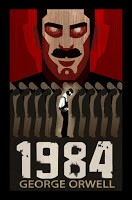 |
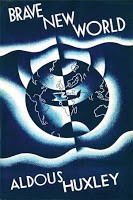 |
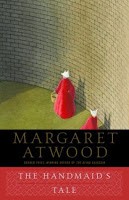 |


